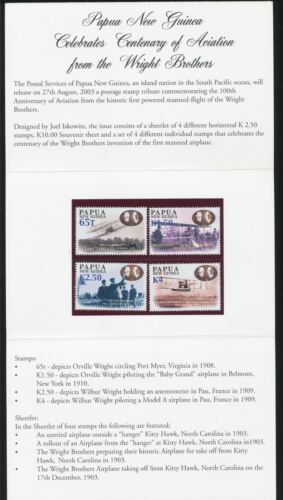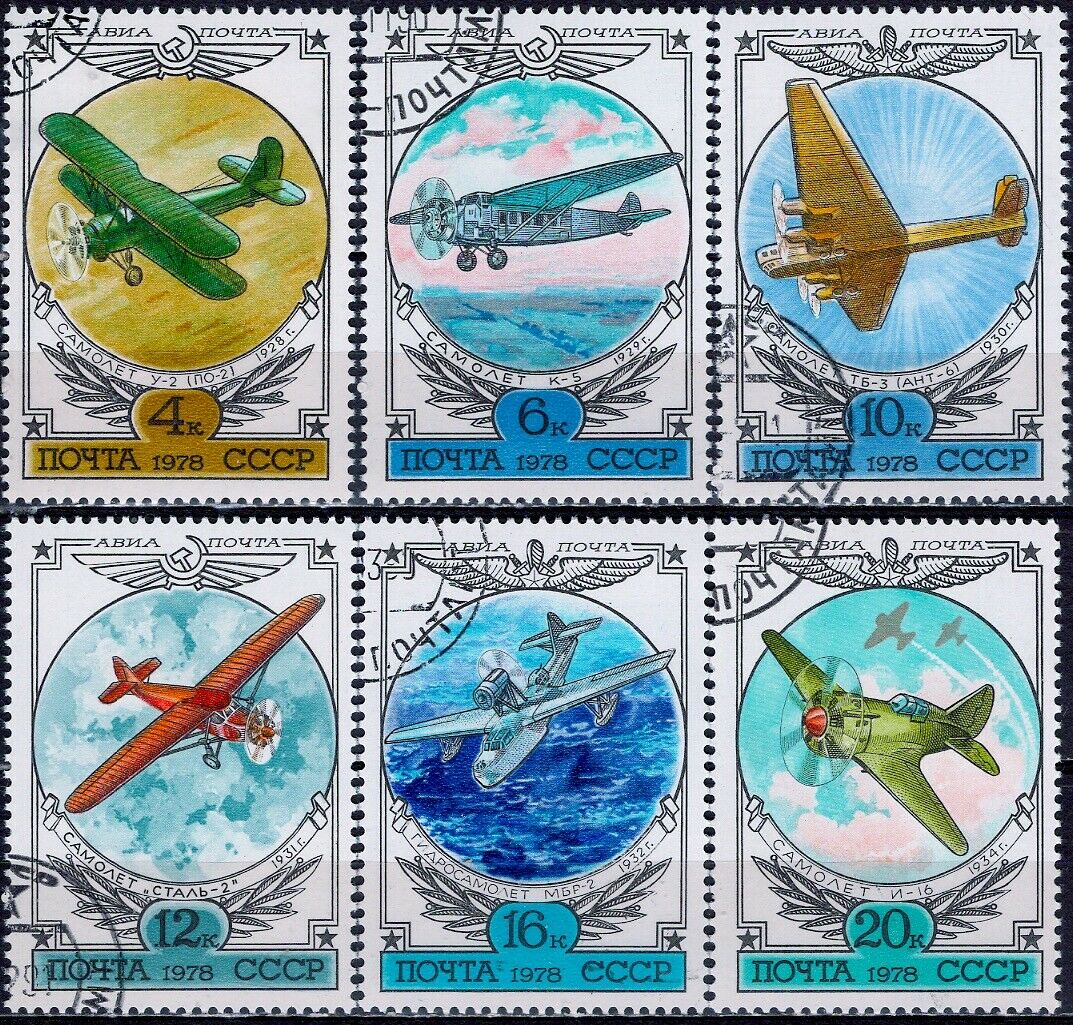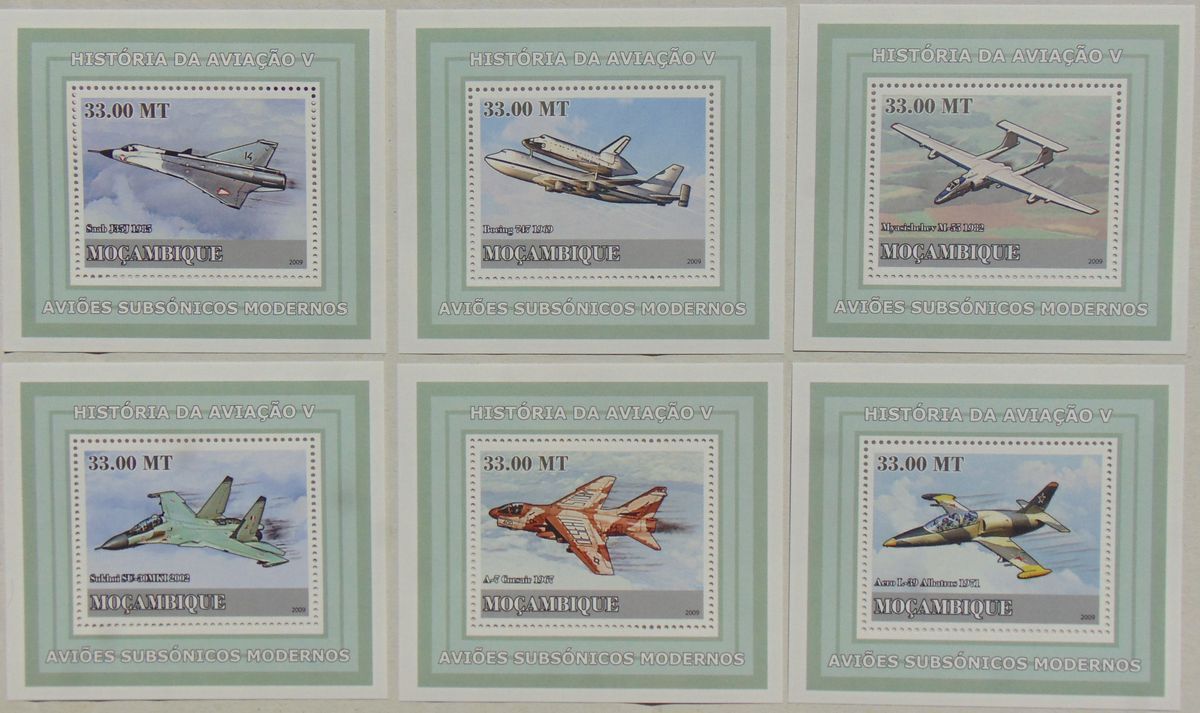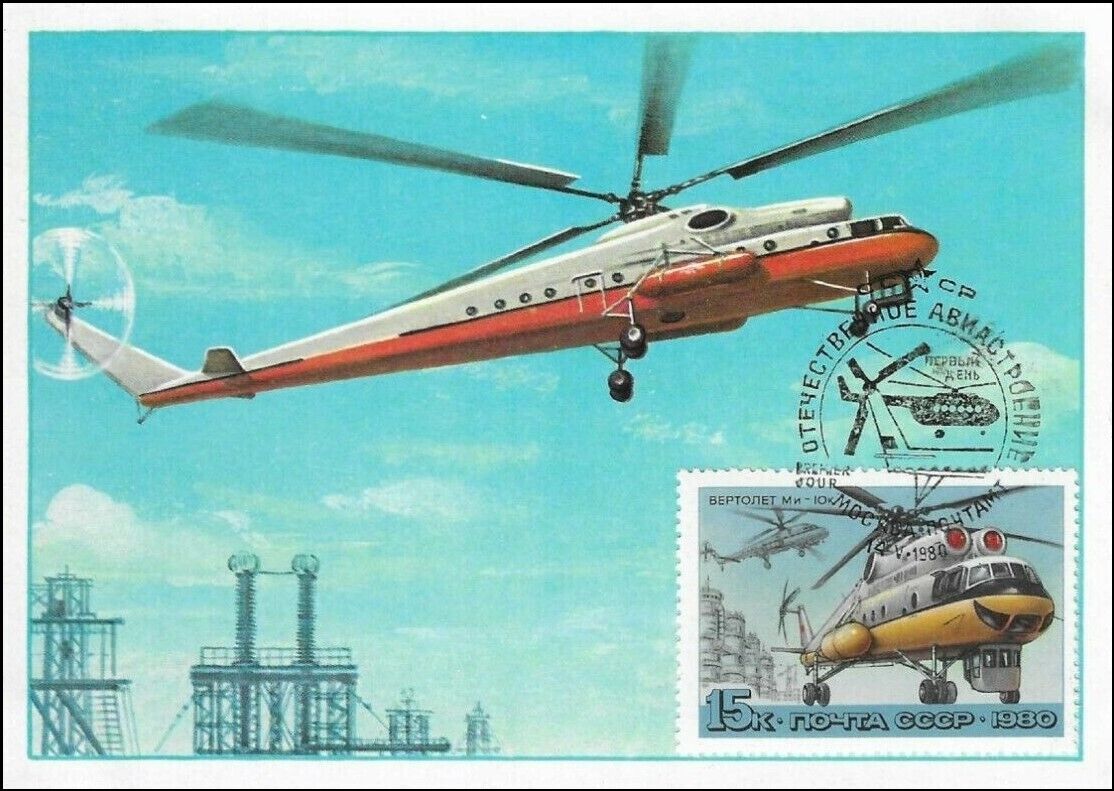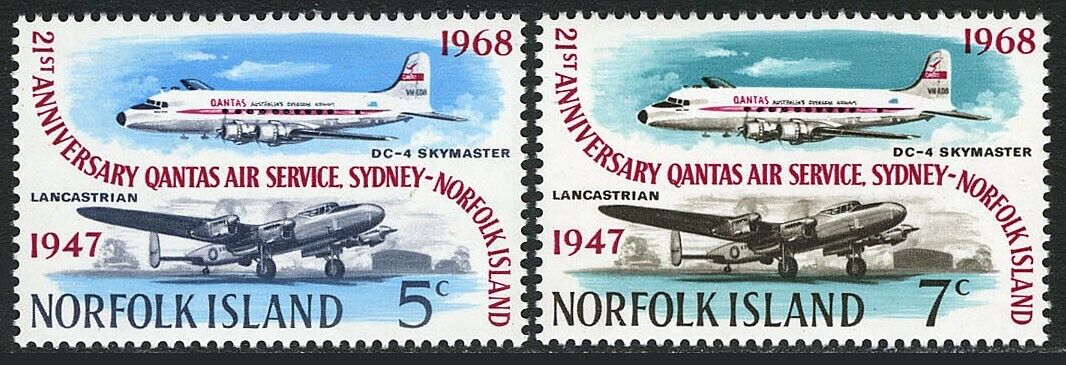-40%
Portugal - "BOEING CLIPPER ~ AIRCRAFT KNOWN TO AZORES ISLANDS" MNH MS 2014
$ 1.84
- Description
- Size Guide
Description
Portugal -"
BOEING 314 CLIPPER ~ THE AIRCRAFT KNOWN TO AZORES ISLANDS.
"
MNH ~ Miniature Sheet !
The Aircraft known to the Azores Islands
In May 1939, the Azores strengthened the importance of its ocean geographic position with the arrival to the city of
Horta
, on the
Island
of
Faial
, of the first Boeing 314 Clipper four-engined seaplane of the North American airline Pan American Airways. This flight, only carrying mail, was a historic moment in the early days of the development of air transport between the
USA
and
Europe
. In July of that same year, the Clipper returned to Horta, this time with passengers. Regular air transport between North America and
Europe
was to become a routine. The Boeing 314 offered 36 seats in a luxurious and comfortable first class service. The return ticket between
New York
and Southampton with stopover at Horta and
Lisbon
was equivalent to a current value of 10,000 euros. The flight between
New York
and Horta took 13 hours.
From the Azores to
Lisbon
, where it landed at Cabo Ruivo, the journey took 7 hours at a cruising speed of 300 km/h. One year after having started up business, these Boeing 314 had completed 200 crossings and transported 2,600 passengers. At the end of the Second World War, the
USA
with the approval of the Portuguese government, built a large airport structure at
Santa Maria
, which was initially called Santa Maria Air Base and inaugurated in August 1945. In January 1946, the airline company Pan American started the stopover at
Santa Maria
, with Lockheed Constellation model aircraft, the first commercial pressurised commercial airliners, capable of connecting
New York
to the Azores in a little under 9 hours at a speed of 500 km/h.
Santa Maria
became an important stopover for transatlantic flights.
During this period, many Lockheed Constellation and Super-Constellation aircraft of the largest airline companies at the time passed through the
Azores
, in particular the American Trans World Airlines(TWA), the Dutch KLM and Air France. With the arrival of jet aircraft with higher flight autonomy, the refuelling stopovers at
Santa Maria
became unnecessary, the aircraft started to fly over the
Atlantic Ocean
without requiring intermediate refuelling.
Santa Maria
airport was also an important stimulus to the start-up of the commercial air transport activity of Sociedade Açoriana de Transportes Aéreos (SATA).
Created formally in 1941 with the name of Sociedade Açoriana de Estudos Aéreos, it was only in 1947 that the regional company inaugurated the air services between São Miguel and
Santa Maria
with a twin-engine Beechcraft UC-45 which was given the name of «Açor».
After a fatal accident which involved this aircraft, the company acquired two aircraft De Havilland DH 104 Dove in that same year of 1947. In 1964, SATA responded to the need to expand and grow with the acquisition of twin-engine Douglas C-47 aircraft, the military version of the Douglas DC-3. In the
Azores
it became known as «Dakota», the English name for this type of aircraft. The C-47 aircraft offered more cargo and passenger transport capacity than the De Havilland Dove.
In 1969, the increased demand for inter-island air transport and the creation of new airport structures inspired SATA to develop a new project of growth and
modernization
. Modern twin-engined turboprop Hawker Siddeley HS-748 aircraft were acquired which flew from
Ponta Delgada
to Lajes in just over 30 minutes, showing a significant reduction of time and much more comfort.
They became known among the people of the
Azores
as «Avro». The operationalisation of the HS-748 was one of the most significant factors in the company’s
modernization
. This philatelic issue pays tribute to these four airliners which are of enormous historical significance to National and Worldwide Aviation.
Year: 2014.
(PR3).






